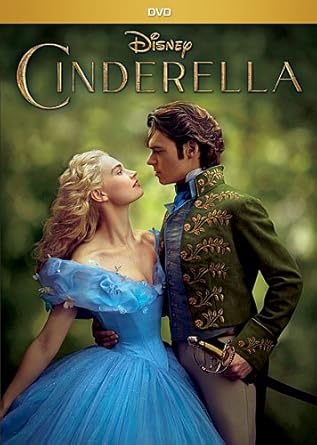Pura Belpre Winner in 2015
 |
| Amazon. (2016). I lived on Butterfly Hill. Retrieved from https://www.amazon.com/ Lived-Butterfly-Hill-Marjorie-Agosin/dp/ 1416953442 |
APA Reference:
Agosín, M. (2014). I lived on butterfly hill. New York
City: Atheneum Books for Young Readers.
 |
| Hassan (from Iraq), Inga-Lil (Swedish neighbor who has adopted "the boys"and my mom's second cousin!), and Achmed (from Yemen) |
Impressions: I love, love, love the poetic lyricism of I
Lived on Butterfly Hill! It serendipitously adds verisimilitude to Celeste’s
narration as she dreams of becoming a writer, especially one who is heavily
influenced by the poet Pablo Neruda. Additionally, the story as a whole is an
important one as the world is once again faced with an influx of immigrants;
the empathy this story teaches readers is extremely important. While I applaud Agosín’s
content, it felt like it was never-ending. It may have made a better series
with each part separated into a different book. However, I did read it on
vacation, so I was often quite distracted and read it in a more choppy manner
than I usually read books. This was an especially poignant read as I met two
refugees while vacationing in Sweden: one who is a doctor from Iraq and one who
is a tv reporter from Yemen. Their optimism was inspiring, and I felt my heart
breaking for them, as they experience separation from their own families, and,
like, a pause in their lives as they have to wait to receive permission from
the Swedish government before they can start to learn Swedish and then,
eventually, look for a job in their new homelands. [Picture taken by me.]
Professional Review:
Lanterman, J. (2014,
May). I lived on butterfly hill [review of I
lived on butterfly hill]. School
Library Journal, 60(5), 102. Retrieved from http://www.slj.com/
Gr 5–8—Celeste
is a sixth-grader living in Valparaíso, Chile. Her life is idyllic, full of a loving,
multigenerational family, a home she finds inspiring, and good friends. Things
take a drastic turn when Valparaíso starts being affected by what Celeste's
parents call "earthquakes of the soul"—the country falls under the
grip of a ruthless dictator who is determined to eliminate dissent. Friends
start disappearing, and Celeste's parents, who are seen as subversives for
their work helping the disadvantaged, go into hiding. Celeste is sent to live
with her aunt in the United States, where she struggles to acclimate, and to
understand the larger picture of what is happening at home. Agosín has woven a
historical story that draws on her own life experiences, with themes of exile,
the quest for justice, and the power of the written word to preserve history.
The story mirrors, but does not directly reference, the dictatorship of Augusto
Pinochet and its accompanying turmoil. The language is poetic and full of
imagery and, while the book is long, it moves at a smooth pace. Occasional
illustrations reflect the mood of each phase of the story. This is Agosín's
first book for a younger audience, and she has managed to capture the wide-eyed
curiosity and confusion of her narrator. Given its length and weighty themes,
this book is best suited for serious readers.

















